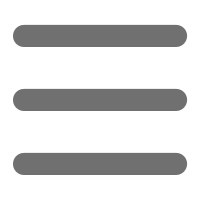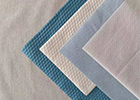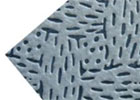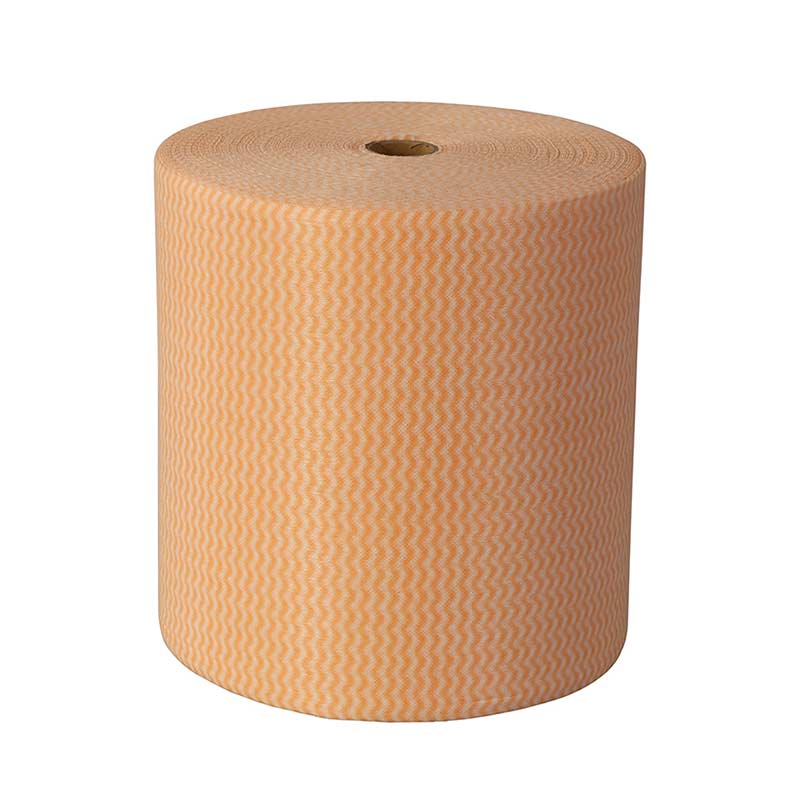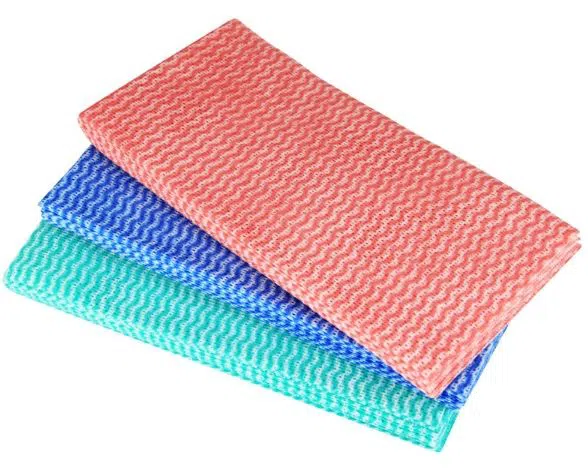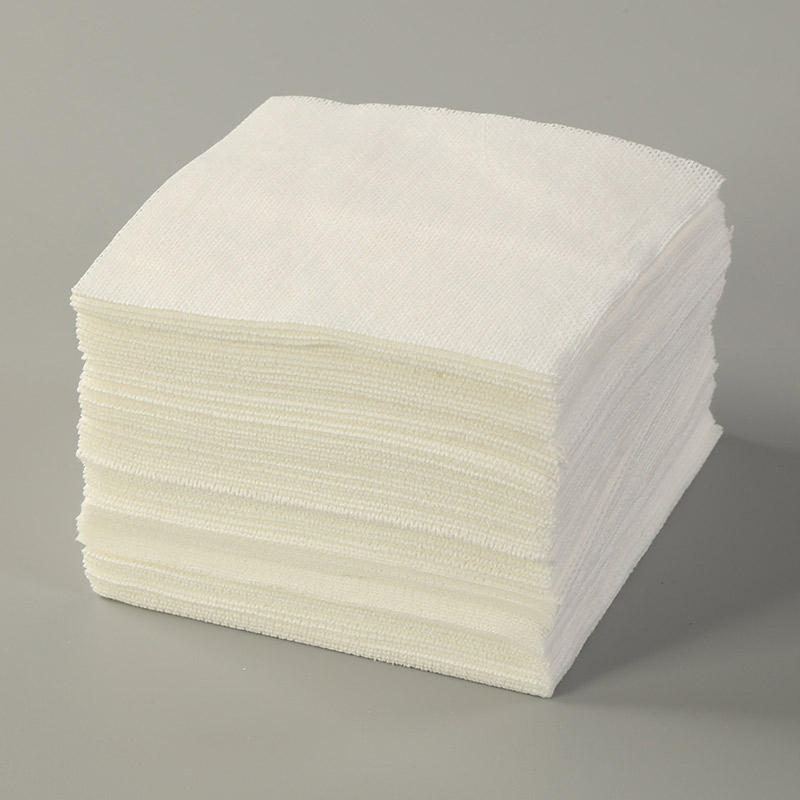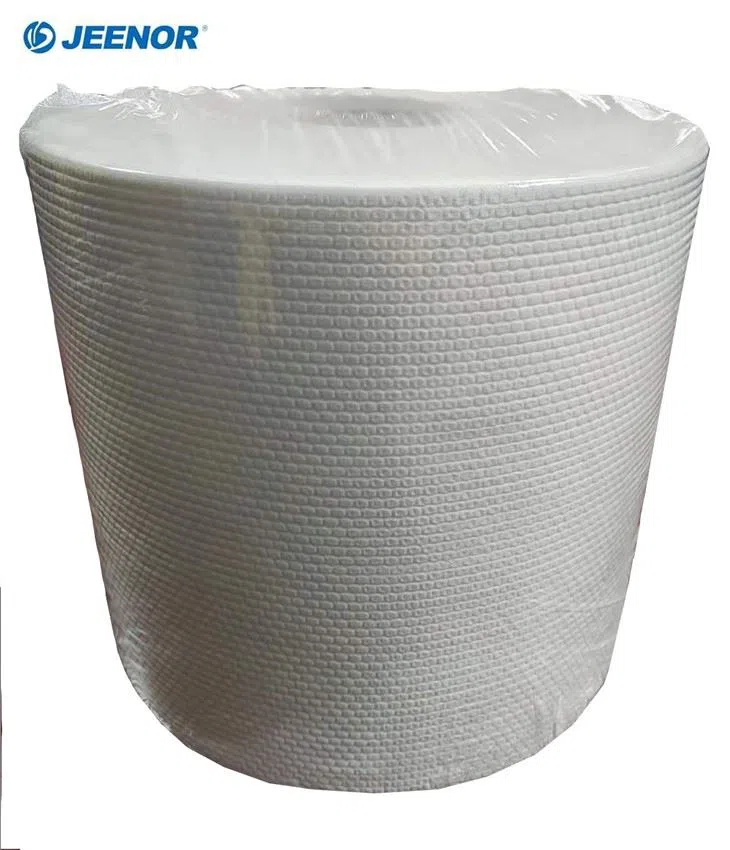What is the production process of non-woven fabrics
What is the production process of non-woven fabrics
Non-woven fabrics are made from a variety of materials including polypropylene, polyethylene, nylon, rayon and cotton. The production process of non-woven fabrics begins with the opening and blending of the raw material. The raw material is then placed on a moving belt where it is fed through a series of rollers that press the material into a thin sheet.
The sheet is then sent through a heated chamber where it is bonded together by either heat or chemical treatment. The bonded sheet is then cooled and cut into rolls or sheets of the desired size.
Non-woven fabrics are made from a variety of natural and synthetic fibers. The production process of non-woven fabrics can be divided into three main steps:
1. Fiber preparation
2. Web formation
3. finishing
The first step, fiber preparation, involves opening and cleaning the fibers. The second step, web formation, uses one of two methods to create a web of interconnected fibers: wet laid or dry laid. The third and final step, finishing, treats the fabric to improve its appearance, performance, or both.
Non-woven fabrics are made from long fibers, bonded together by mechanical, heat or solvent treatment. The term is used in the textile manufacturing industry to denote fabrics, such as felt, which are neither woven nor knitted.
Non-woven fabrics are generally characterized by their lack of a distinct grain or weave, and by their random orientation of fibers. They can be made from a variety of natural and synthetic fibers, including cotton, linen, polyester, and nylon.
Non-woven fabrics are used in a variety of applications, including filters, absorbents, liners, reinforcement materials, upholstery padding, and wipes.
What are the characteristics of non-woven fabrics
Non-woven fabrics are made from long fibers, bonded together by mechanical, thermal, or chemical means.
They are characterized by being:
1.lightweight
2.flexible
3.absorbent
4.durable
Non-woven fabrics are used in a variety of applications, including: filters, insulation, moisture barriers, acoustical materials, medical products, shopping bags, and wipes.
Non-woven fabrics are made from long fibers, bonded together by mechanical, heat or solvent treatment. The term is used in the textile manufacturing industry to denote fabrics, such as felt, which are neither woven nor knitted.
Non-woven fabrics typically lack strength when wet and have poor abrasion resistance. They are also often less fire-resistant than woven fabrics. However, they can be more absorbent, making them useful for personal hygiene products such as diapers and wipes.
Non-woven fabrics are made from a variety of fibers that are bonded together to form a fabric. The fibers can be natural, like cotton or wool, or synthetic, like polyester or nylon.
Non-woven fabrics are strong and durable, and they can be used for a variety of applications, including:
- Upholstery
- Insulation
- Filters
- Geotextiles
- Carpet backing
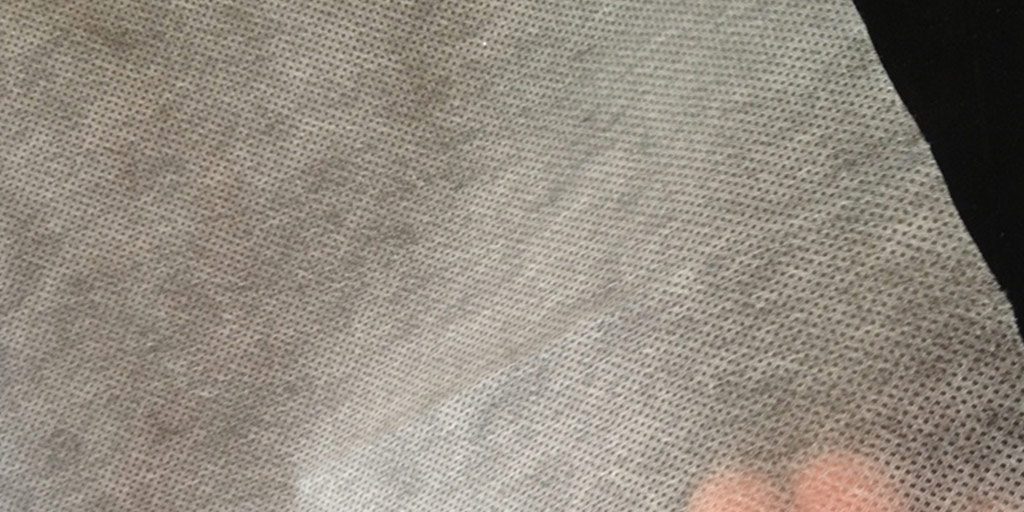
The difference between non-woven fabric and clean cloth
Non-woven fabrics, also known as non-woven fabrics, are a new generation of environmentally friendly materials. If the non-woven fabric is placed outdoors and decomposed naturally, its longest life is only 90 days, and it will decompose within 5 years when placed indoors. It is non-toxic, odorless, and free of any residual substances when burned, so it does not pollute the environment and is suitable for washing.
It directly utilizes polymer chips, short fibers or filaments to form new fiber products with soft, breathable and planar structures through various web forming methods and consolidation techniques. It has environmental protection properties that plastic products do not have, and its natural degradation time is much lower than that of plastic bags. Therefore, non-woven bags made of non-woven fabrics are also recognized as the most economical and environmentally friendly shopping bags.
The dust-free cloth is double-woven from 100% polyester fiber. The surface is soft, easy to wipe sensitive surfaces, and the fibers will not be rubbed off. It has good water absorption and cleaning efficiency. The cleaning and packaging of the products are all done in the ultra-clean workshop. The optional edge sealing of the clean cloth generally includes: cold cutting, laser edge sealing, and ultrasonic edge sealing.
Microfiber dust-free cloths are generally edge-sealed with lasers and ultrasonic waves; dust-free cloths, dust-free wipes, microfiber dust-free cloths, and microfiber wipes are made of 100% continuous polyester fiber double-woven cloth. The surface is soft and can be used It is suitable for wiping sensitive surfaces, with low dust generation and no rubbing of fibers, good water absorption and cleaning efficiency.
Especially suitable for dust-free purification workshop. The edges of the clean cloth, clean wiping cloth, microfiber clean cloth and microfiber wiping cloth are edge-sealed by the most advanced edge trimmer, which will not leave particles and lint after wiping, and has strong decontamination ability.
About JEENOR material
Hangzhou Jeenor Industrial Co., Ltd., manufacturers and converts nonwoven materials at factories in Hangzhou-near Ningbo port and Shanghai port. The company was founded in 2008, formerly called Hangzhou Jeenor Cleaning Supply Co., Ltd.With roots in spunlace nonwovens, we began producing in 2008 on one line, expanded these two years with two additional spunlace lines, and can currently make 9,000 tons of spunlace nonwovens in widths ranging from 1.5 to 3.5 meters per year.

